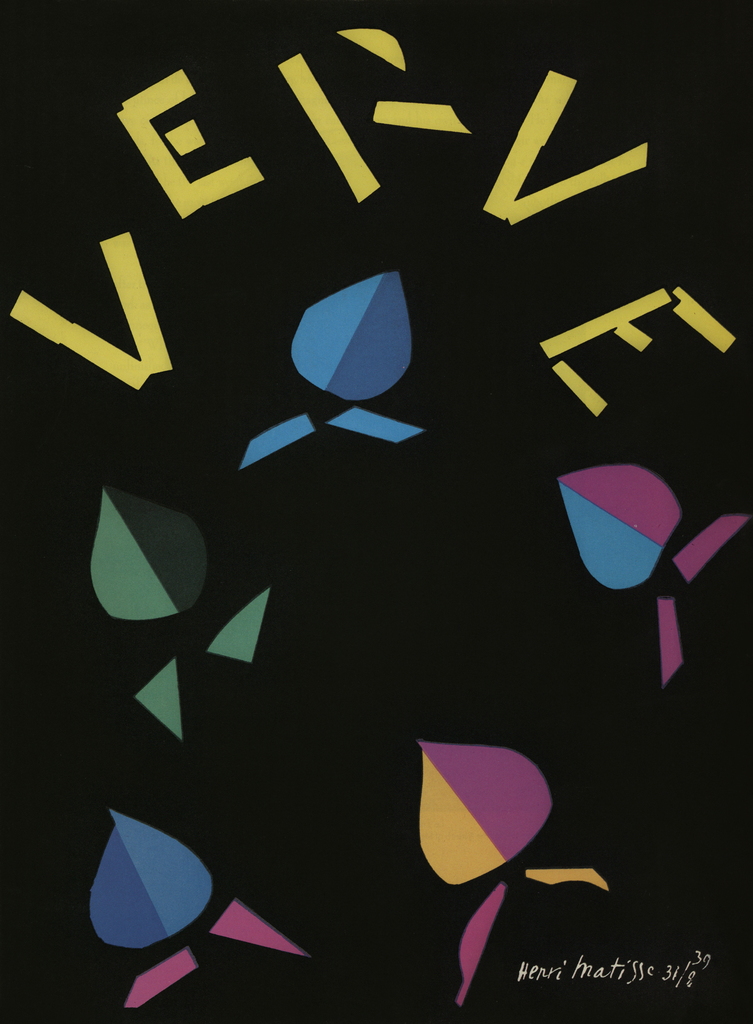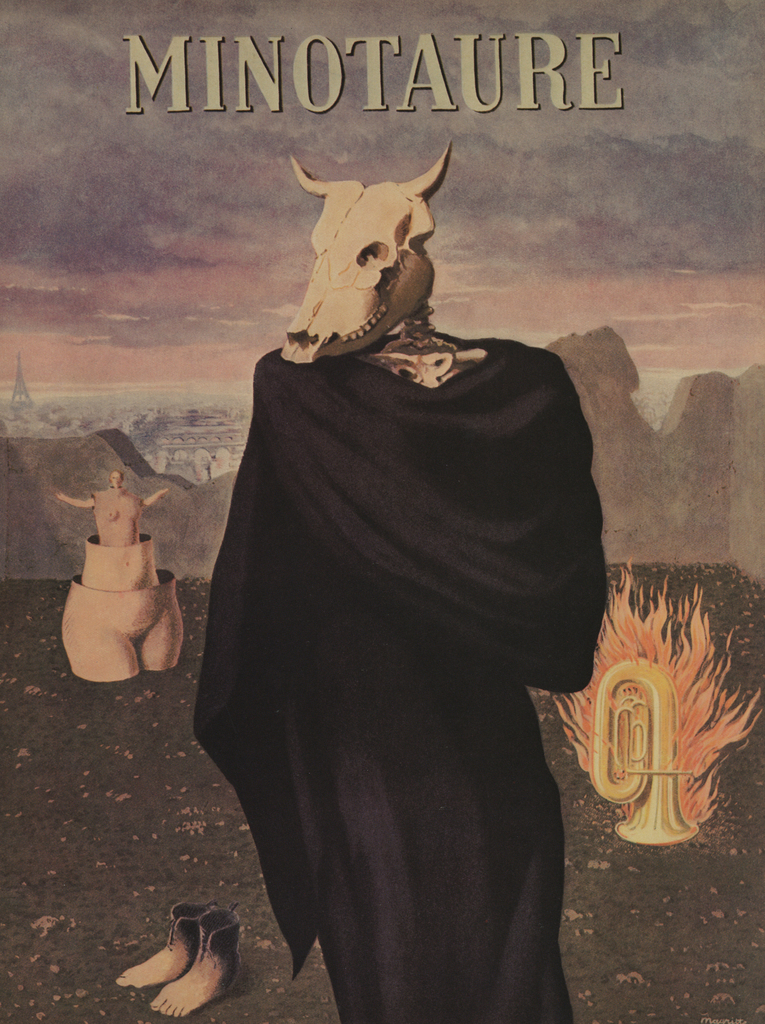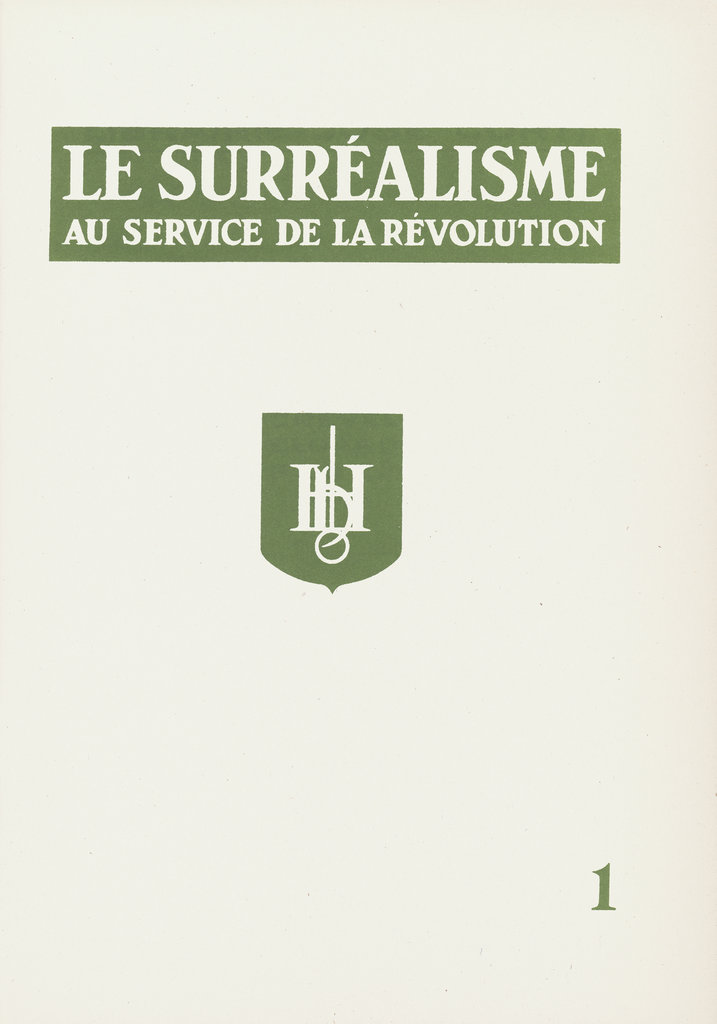Alberto Giacometti
Switzerland (1901—1966)
Born to an impressionist painter, Giocometti took up the artistic career at very early age. After discovering the African and Oceanian sculpture – already well known to many of his contemporary artists – he joined the Surrealist movement in 1931. In these years he defined a new form of sculpture representing the so-called “mobile and mute objects”. After leaving the Surrealist movement Giocometti focused his work on the representation of human figures, heads and standing figures. At the outbreak of WWII he moved back to Switzerland and in 1941 he met Paul Satre, who greatly influenced his future inspiration. He worked on self-portraits as well as landscape paintings. In his career Giacometti also experimented on other media and techniques from engraving to etching to lithography. In 1958 he was commissioned a large sculpture for New York Chase bank building. He died in 1966 of heart attack, after having entered the collection of the most prestigious art institutions in Europe and US.


